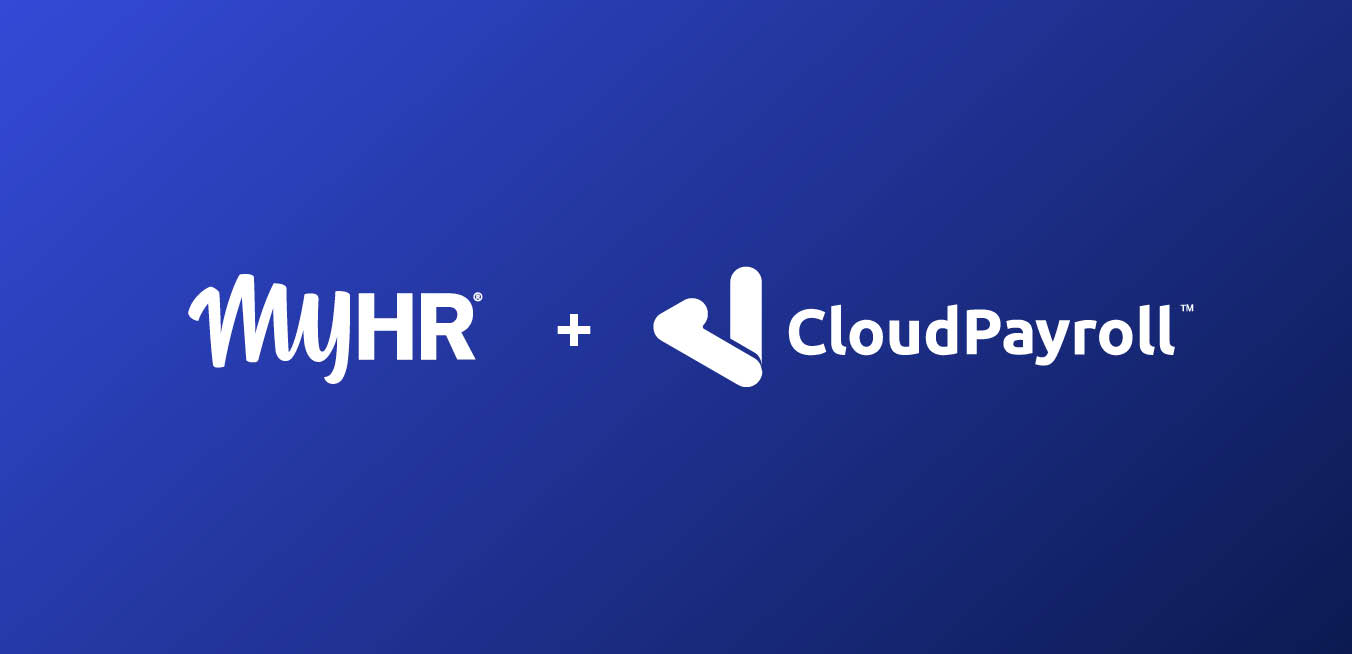In some of our other posts, we've looked at how important it is for businesses to get payroll and leave management right.
It is not unusual for these two functions to be run independently of each other, using different systems and in larger companies, dedicated staff or departments.
But with advances in technology and the ability for software and online systems to handle timekeeping, leave, and payroll, many Australian businesses are seeing the benefits of a integrating their leave and payroll systems.
The two functions are highly connected so not only does it make practical sense to combine them, it can lessen or eliminate duplicate work, boost efficiency, reduce the chances of errors, and save your business money.
If you're still running separate systems for payroll & leave management (especially anything that involves paper forms and manual processing), here are some of the prime benefits of integration to consider.
Saves time and effort
The most obvious advantage of having integrated leave-management and payroll systems is the reduction in data processing and double handling.
Both systems use largely the same employee information so it's logical for them to share the same database. Information can then be entered once, making it quicker and easier to update and manage attendance, leave, pay, and tax records (the efficiencies are even greater when both functions are integrated with your overall HR system).
No one ever aspired to be a champion of data entry, so any lightening of the administrative load will be welcome news for staff and management. Good software can also automate a lot of the functions (goodbye paper!), and allow employees to enter their own details, saving more time and effort.
Improves accuracy and compliance
As well as sparing you hours of needless labour, integrating your leave management and payroll systems will greatly reduce the chance of errors and their consequences.
Every separate system your business runs increases the risk of mistakes occurring, whether they are due to badly-entered data, oversight, or poor communication.
We must mention here that we get surprised by the number of business that still rely on paper documents for handling leave requests. A person wanting leave must fill out a form, give it to their manager for signed approval, then the manager passes it on to payroll for processing. While running two separate systems is inefficient and prone to risks, using paper forms for any part of leave or payroll processing is even riskier and more laborious.
US analyst and advisory firm Aptitude Research Partners led a study into the benefits of integrating payroll and timekeeping systems and found that companies using a single solution were 44% more likely to have a payroll error rate of 2% or less.
Leave and payroll mistakes can really damage a business. A simple error in data entry may not cause a big headache, but systemic miscalculations and under-payments can be expensive and time-consuming to correct. At worst, business owners and management could face prosecution and fines by the Australian Taxation Office (ATO) or the Fair Work Ombudsman.
Having integrated digital systems that pull directly from the same data will go a long way towards making sure your people's leave, pay, and tax calculations are accurate, timely, and compliant with current regulations.
Enhances the employee experience
Paying employees correctly and on time, and giving them their entitled leave and holidays, plays a huge part in keeping them happy.
As obvious as that sounds, many businesses still don't get this right. In Australia, a 2019 report by KPMG estimated more than a million people (13% of the total workforce) were affected annually by underpayment of salary or wages, at a cost of more than $1.35 billion.
Research in the US by The Workforce Institute at Kronos estimated more than half the workforce - that's 82 million people - had experienced a problem with their pay during their career.
This matters. Another Kronos study found that 49% of workers would start looking for a new job after experiencing just two problems with their pay (24% would for a new job after the first payroll mistake).
If you value your company as a place where people really want to come to work and to stick around, then we shouldn't need to further impress upon you the benefits of combining leave management and payroll systems.
Remember too, that a company's reputation and attractiveness as a workplace are very much in the public eye, and no organisation wants to be one of those that makes the headlines for all the wrong reasons.
Better employee management and reporting
Synced leave management and payroll systems provide a consistent, real-time view of employee data, which enables better analysis and reporting.
Management will have a much more accurate oversight of absences, leave patterns, and how much this is costing the business. This in turn enables better workforce scheduling, labour budgeting, and other decision-making. If any issues are brought to light, you will get the chance to work with employees on solutions before they turn into larger problems.
With an integrated solution, employees are easily able to access their own information, so they, too, are better informed about their leave, pay, and benefits. This can save management and HR staff valuable time they would otherwise spend resolving simple queries.
Digital information and reports are also more easily imported, exported or shared, whether it is with other systems, accountants, or the ATO.
Improved security
This one is simple: it's easier to store and secure one set of data than it is to secure two.
Payroll and leave records are highly-sensitive information, so you need to keep them safe and ensure only the right people have access. If your business is still using paper for any part of the process, you’re already at a greater risk of losing information or having its security compromised.
Helps build the business
Once you're sure your company's employee data is safely under control and the processing of payroll, attendance, and leave has been streamlined through automation, data-sharing, and self-service, you (and other team members) will be able to better focus on enhancing the business.
The Aptitude Research Partners study found that organisations with integrated payroll and timekeeping overachieved their revenue targets by 7%.
Focusing on new projects and exploring ways to add value to the company is far more rewarding for everyone than manually processing timesheets, payments, and leave requests.
-1.jpg)



